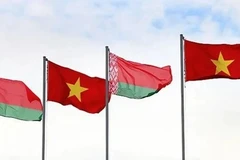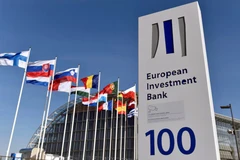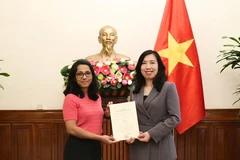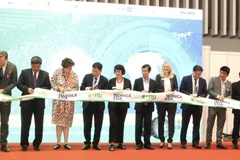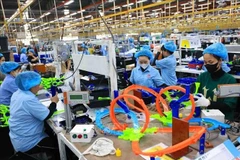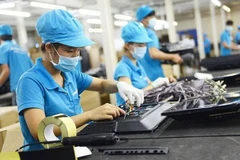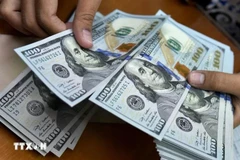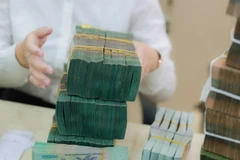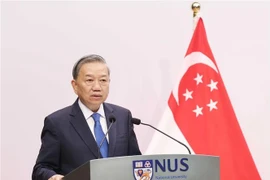Hanoi (VNA) -The implementation of tariff reduction to zero percent under the ASEAN Trade inGoods Agreement (ATIGA) from January 1, is an obsession with the Vietnamesesugar industry.
This is because the sugarindustry is facing a flood of imported goods entering the domestic market.
Industry insiders statedthat the sugar industry is predicted to perform poorly in the 2018-19 period,as locally-refined sugar will have to compete with sugar from Thailand whilethe local industry has not yet improved its competitiveness.
Several sugar processingfactories were closed while farmers turned their backs on growing sugarcane. Torescue the industry, the sugarcane sector needs to solve existing problems assoon as possible.
The difficulties facing thesugarcane industry were cleared at the end of 2017 when the new season began,and enterprises still had high levels of inventory. Although the market pricewas at its lowest at over 12,000 VND per kilogramme, producers still failed tosell.
At this time, the inventorywas approximately 200,000 tonnes of sugar.
Explaining this situation,the Vietnam Sugar Association (VSA) said that customers waited until early 2018to buy inexpensive imported products from other ASEAN countries, includingThailand.
In addition, if thesituation continues, sugarcane farmers will not be able to sell materials toprocessing plants at high prices as the plants only need to import raw sugarand invest in a coal-fired boiler that can produce quality products. Therefore,when the sugar market is unfavourable, farmers will face difficulty, VSA added.
Chairman of VSA Pham QuocDoanh told danviet.vn that to solve the industry’sdifficulties at the roots, the most important thing was to raise the quality ofsugarcane seedlings.
“Firstly, we need qualityseedlings which will be developed nationwide, and at the same time we also needseedlings that are suitable with ecology of every area. Thailand has more than12 million hectares of sugarcane, but there are only two key varietiesaccounting for 70 percent of the total,” said Doanh.
Secondly, after we have keyseedlings, we must focus on the production of seedlings. This step is stillweak with farmers currently making seedlings themselves. Factories should helpfarmers by providing all sugarcane growing areas with qualified seedlings fromfactories in order to obtain high capacity and high quality,” he added.
He said the factoriesneeded to stick with farmers, have policies to take care of quality sugarcanegrowing areas, share benefits and associate with them in order to develop theseareas in sustainable and cost-saving ways.
According to the VSA, it isright time to have a legal corridor, including decrees or laws, to manage theoperation of the sugarcane industry. Countries in the world all managesugarcane through laws.
To manage seedlings, Doanhsaid that the Government needed to ensure that the agriculture sector andsugarcane industry stop seedling production by farmers, re-organise the systemof seedlings production to have key seedlings by 2020.
The State should encouragefarmers by helping them open farms and establish cooperatives which are seen asa link between businesses with farmers, Doanh said.-VNA










